TVD Second Patriotic. 1914 year. Part of 2
Galician theater of operations and the alignment of opposing forces before the battle of Galicia. White A. Galicia battle. M. - L., 1929
Galician operations of the Russian army in 1914: the Battle of Galicia, Czestochowa - Krakow operation (01. - 11. 11. 1914) [15], the first stage of the Carpathian operation (October - December 1914) [16]. The main objective of these operations is the destruction of the Austro-Hungarian army and the withdrawal of Austria-Hungary from the war.
Commander-in-Chief of the armies of the South-Western Front, General of Artillery N. I. Ivanov. Great War. Issue Xnumx
The operations on this theater of operations were carried out primarily in the interests of the Russians themselves, but they were also very important for the coalition. The Battle of Galicia, one of the key operations of the First World War, laid the foundation for subsequent operations in Galicia, “broke the backbone” of the Austrian army, and affected the strategic and operational planning of both the Germans and the Austrians. The battle smoothed over the operational failures in East Prussia and led to the folding of a new operational-strategic situation — the Russian troops went out to the Carpathians.
Commander 3 A YuZF General of Infantry N. V. Ruzsky. Great War. Issue Xnumx
Commander 8 A YuZF cavalry general A. A. Brusilov. Great War. Issue Xnumx
The Galician front is the main theater of operations for Russia, the strategic and operational situation on it radically reflected on the entire Russian front. In fact, Serbia was retained in the ranks of the Allies - this is also the crucial strategic importance of the Battle of Galicia for the Entente. The Austrians were forced to significantly adjust their operations in the Balkans. The current of the Galician battle, which was unsuccessful for the enemy, led to the concentration on the Russian front of the Austrian 2 Army, preferably intended for conducting operations in the Balkans. The 8 infantry divisions of the strategic reserve as part of this army went to the Russian front, which saved Serbia. If we take into account that the resisting Serbia to some extent isolated Turkey, turned out to be unnecessary Thessaloniki front, etc., then the globality of the general strategic significance of the Galician victory becomes understandable. Austria-Hungary also did not solve its tasks of defeating one of the opponents (Russia and Serbia), and it was even less capable of fighting on two fronts.
Commander 4 A UZF General of Infantry A. E. Evert. Pictures of war
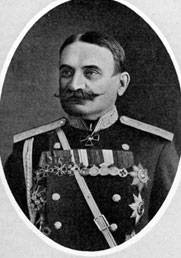
The commander of 5 A YuZF, cavalry general P. A. Plehve. Niva
Commander 9 A YuZF General of Infantry P. A. Lechitsky. Chronicle of War № 125
Strategically, the Battle of Galicia, as the central battle of the campaign, contributed to the winning of the 1914 campaign. Operationally battles in the Galician theater of operations traditionally were successful for the Russian army (only the Czestochowa-Krakow operation ended in vain).
The actions of the Russian troops in the two aforementioned areas led to an intensive redeployment of German forces to the Russian front. Their structuring and the search for new operational solutions led to the formation of one more theater of operations, Polsky (district of the Vistula River). Here one of the largest and most significant campaign operations was carried out - Warsaw-Ivangorod and Lodz. In the autumn and winter, 1914 was the central theater of operations of the Russian Front, both in the scale of its operations and in the number of enemy forces involved. For the Austro-Germans - this is the all-union theater. The most important operations (Warsaw-Ivangorod and Lodz) proceeded with varying success, accompanied by huge losses of the parties.
Polish theater D. N. Rybin. Lodz operation on the Russian front of World War 1914. M., 1938
The strategic result of operations in Poland did not meet the expectations of the opponents - the Russians could not carry out the invasion of Germany, the Austro-Germans - to break through to Warsaw. At the same time, the stabilization of this front was objectively beneficial to the Russian side, while the exhaustion of opponents led to the search for new operational solutions. In alleviating the position of the allies of Russia, operations in Poland were most productive - Austrian forces on the Russian front increased their 3 divisions, the Germans redeployed 8 infantry and 6 cavalry divisions, which greatly alleviated the position of the Serbs and especially the British and French in the battle in Flandria.
Operatively, of the two largest operations in Poland, one was won by the Russians (Warsaw-Ivangorod) and one ended in a draw (Lodz).
Lead a column of German prisoners taken under the fortress Osovets. Autumn 1914. Photo GASO (State Archive of the Saratov region)
Maneuverable strategic operations led to huge losses. So, only the German 9 Army lost more than 7 people during the autumn weeks of 100000, of which 36000 died [17]. The total losses of the Austro-Germans in the Warsaw-Ivangorod and Lodz operations - more than 300000 people. In the fall and winter of 1914, the Russian troops in Poland lost over 400000 people (Warsaw-Ivangorod operation, Lodz, Bzura).
The Warsaw-Ivangorod and Lodz operations contributed to the gravity of the main attack of the German military machine to the east, finally burying the enemy’s strategic hopes and disrupting the last chance to achieve a military solution in the west before the French front was stabilized. The operations of the Anglo-French “Run to the Sea” owe their success primarily to the efforts of the Russian armies.
European theaters of the Russian army and their relationship. Niva. 1914. No. 52. We deliberately left an interesting military journalist commentary on this illustration.
Turkey’s entry into the war led to the formation of the Caucasian theater of war. The central operation of the campaign was Sarykamysh 09. 12. 1914 g. - 04. 01. 1915 [18].
Caucasian theaters. The Great War in 1914. Sketch of the main operations. Pg., 1916
The Russian Caucasian army, having a minimum (4 divisions) of the priority troops, pulled 11 Turkish personnel divisions and bled them, rendering invaluable assistance to the allies, primarily England. After the Sarykamysh victory, Turkish troops in the Caucasian theater of operations were strengthened - this eased the situation for the British in the Suez Canal area and in Mesopotamia. Strategically and quickly, the Caucasian front was almost always victorious.
Chief of Staff of the Caucasian Army, Lieutenant-General N. N. Yudenich. Pictures of war
The 1914 campaign began with major offensive operations on the flanks of the Russian strategic structure (East Prussian and Galician operations). Autumn, due to the large transfer of the Germans to the Russian front, was marked by counter-battles in Poland and a temporary stabilization of the front.
Russian troops destroyed the strategic planning of the enemy, and the Austro-Germans were forced to pay more and more attention to the Russian front. The territorial aspect of the strategic situation also favored the Russians: by the end of the year, they managed to capture most of East Prussia (up to Mazury Lakes) and Galicia, with the loss of the left-bank (in relation to the Vistula River) of Poland. That is, the depth of the “Polish bulge” decreased, which was of positive importance for the planning of future operations.
The highest German generals associated with the failures of 1914, the beginning of a positional war (which meant the coming catastrophe) and called on their state leadership to conclude a separate peace. As E. Falkengine believed, if the country's military-political leadership had found a way to reach an agreement with the enemy, this should have been resorted to. After all, the events on Marne and in Galicia greatly changed the position of the German bloc. [19].
E. von Ludendorff also noted that the 14 campaign of the year did not bring the desired results. [20].
In this campaign, the Russian army achieved an encirclement of a large enemy group. Efficient methods of fighting were developed in the conditions of operational semicircle — both in the Lodz and Sarykamysh operations; the retreat of semi-circled Russian formations could turn into a catastrophe — only active actions against the flanks of the enemy grouping along with tough defense brought the desired result.
Significant is the opinion of E. von Falkengain, who testified to the fact that the German command did not foresee the need for a major redeployment on the Russian front, which also was an extremely negative strategic factor - a growing need to support an ally emerged. The German command did not plan the transfer, and to the last opposed their implementation. According to E. von Falkengine, he had to abandon a very promising plan to break through the French front in Artois and Picardy, but he threw this idea away because there were not enough forces to implement it — after all the reserves (and living force, and ammunition) were spent on the Eastern Front.
The East Prussian and Galician operations disrupted the German and Austrian strategic planning, led to the gradual stabilization of the French and Serbian fronts. Autumn operations in Poland and East Prussia affected the final stabilization of the French front. The hopes of the Germans to hold the eastern frontier with the forces of predominantly Austrian troops failed — a tendency towards a gradual build-up of the German military presence on the Eastern Front is obvious.
In 1914, Russia in the established theaters of the Eastern Front disrupted enemy plans in one campaign to realize its strategic planning. Considering the entry into force of the long-term factors of the resource superiority of the Entente, Russia played a key role in the approach of the coming victory of the bloc. From the end of the 1914 campaign, the defeat of Germany and its allies was only a matter of time.
Notes
15. Czestocho-Kraków operation - between 4 and 9 armies of the UZF (gen. from artil. N.I. Ivanov) as part of 9 arm. corps (about 270000 people, over 1200 op.) and Austro-Hungarian 1 and 4 armies (gen. caval. V. Dunkl and general infantry I. Ferdinand - 8 army. corps - over 300000 people, to 1300 op.). Reichsarchiv. Der Weltkrieg 1914 - 1918. Bd 6. Berlin, 1929; Strategic essay. CH 2.
16. Between the Austro-Hungarian 1, 2, 3, 4 armies with the support of the army groups K. Pflanzer-Baltin and R. Voirsch (general infantry Count F. Conrad von Gettsendorf; 18 army corps, 10 cd - about 600000 people., about 2600 op.) and 3, 4, 8, 9, 11, USP armies (gen. from artil. N.I. Ivanov; 23 army. corps (assuming 2 divisions per corps), 14 cd; about 750000 people, 2300 op.). Österreich-Ungarns Letzter Krieg 1914 -1918. Bd. Ii. Wien, 1931; Reichsarchiv. Der Weltkrieg. Bd 6.
17. Reichsarchiv. Der Weltkrieg. Bd. 6. S. 360.
18. Between the Caucasian army (formally - the general. From Kaval. Count I. I. Vorontsov-Dashkov; 120000 people, 304 or.) And the Turkish 3-th army (formally - gen.-leit. Gassan-Izzet Pasha; 150000 people. 300 op.). E. Maslovsky. The World War on the Caucasian Front; Sarykamysh operation 12 - 24 December 1914 (some documents); Korsun N. G. Sarykamysh operation; he is World War I on the Caucasian front.
19. E. Falkengain. High Command 1914 — 1916 in its most important decisions. M., 1923. C. 32.
20. Ludendorff E. My memories of the war 1914 — 1918. M. - Mn., 2005. C. 113.
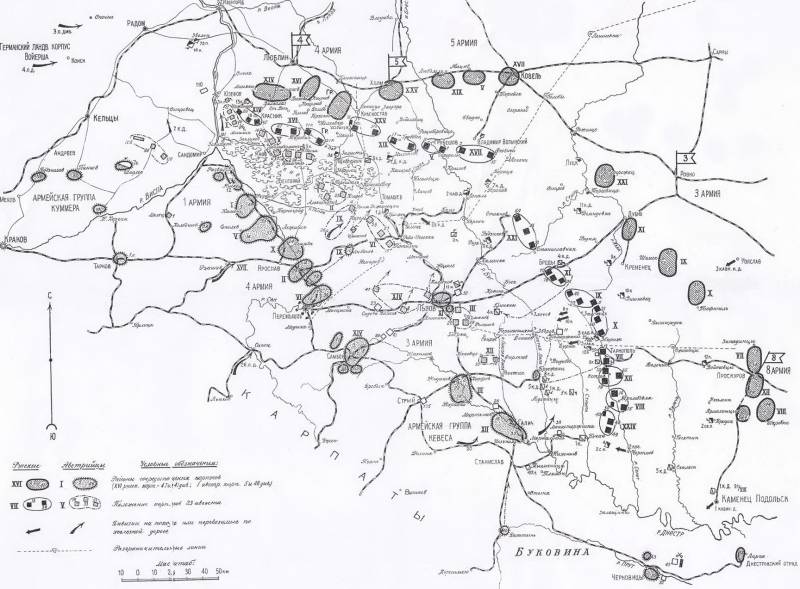
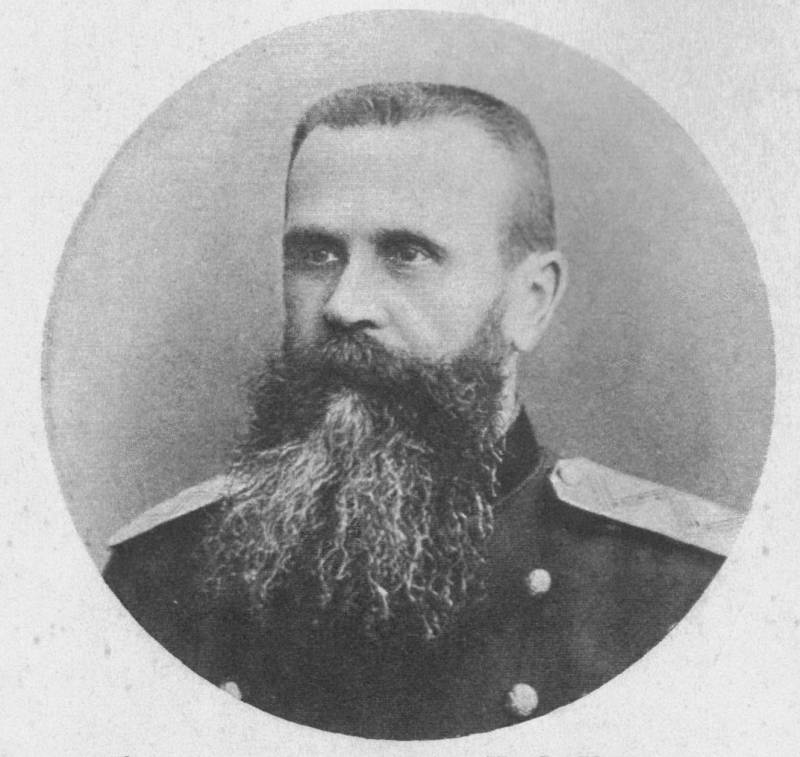
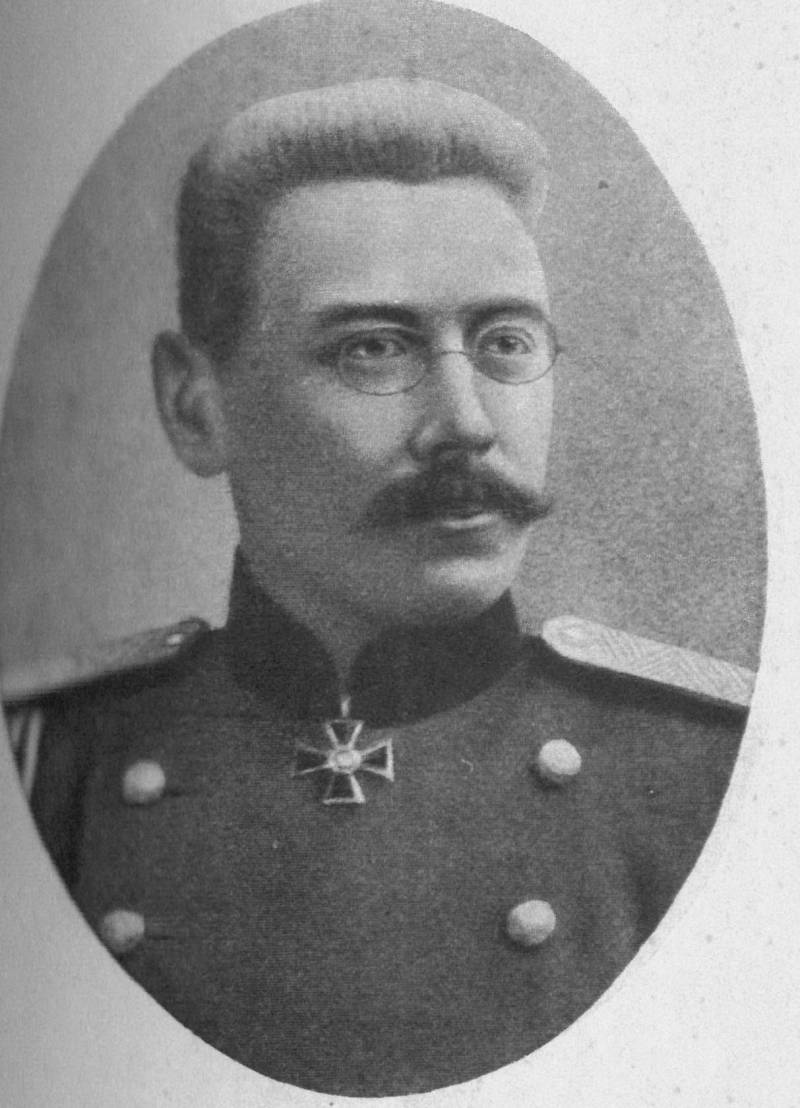
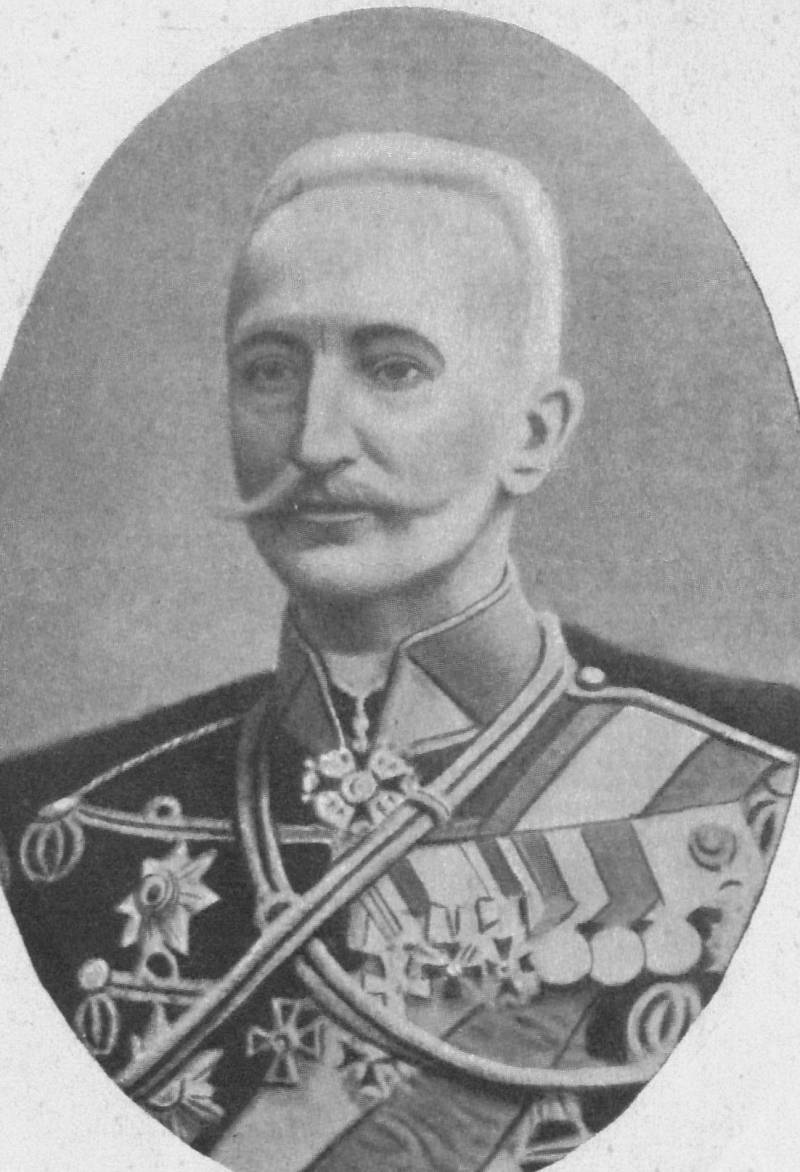
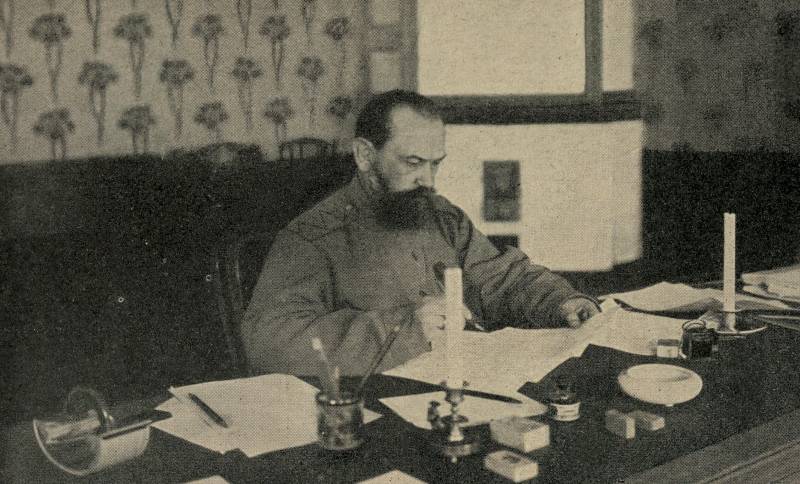
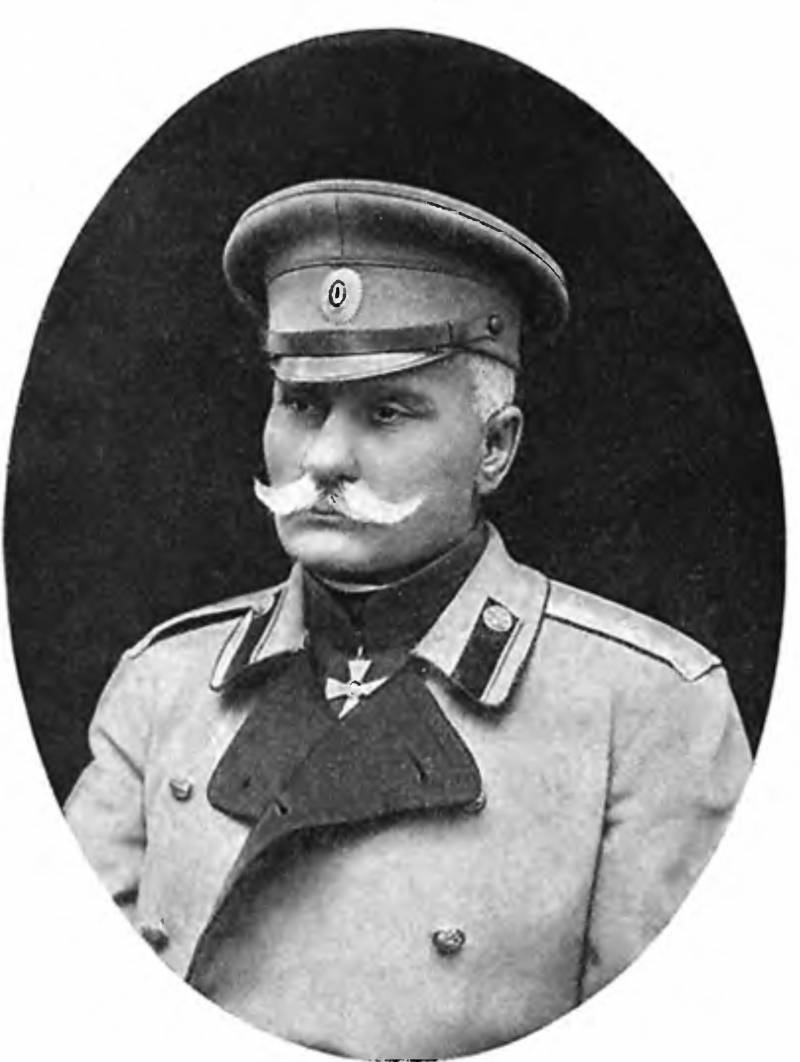
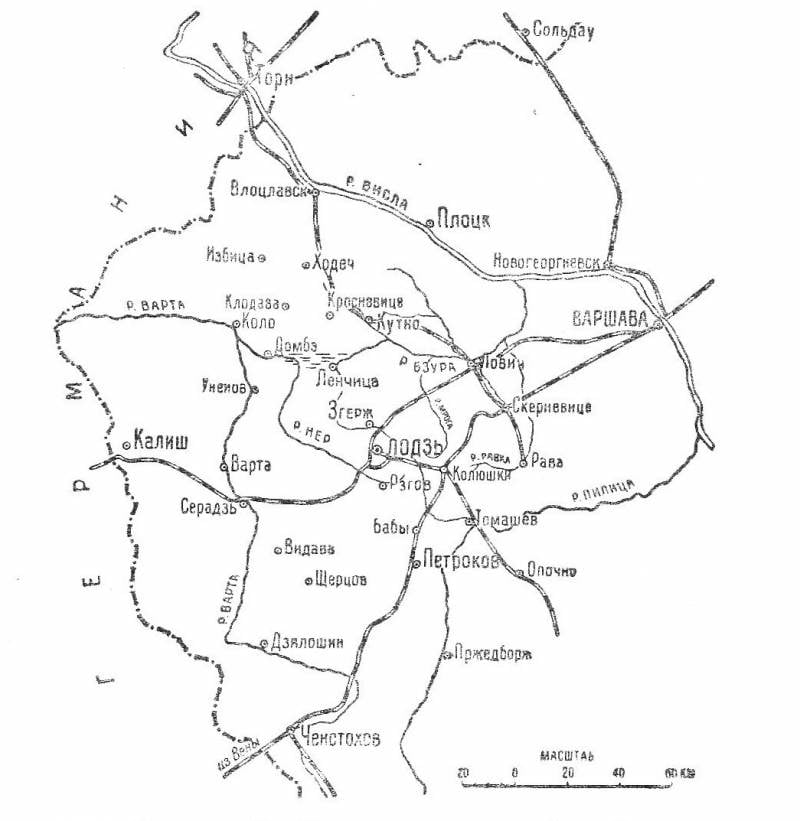
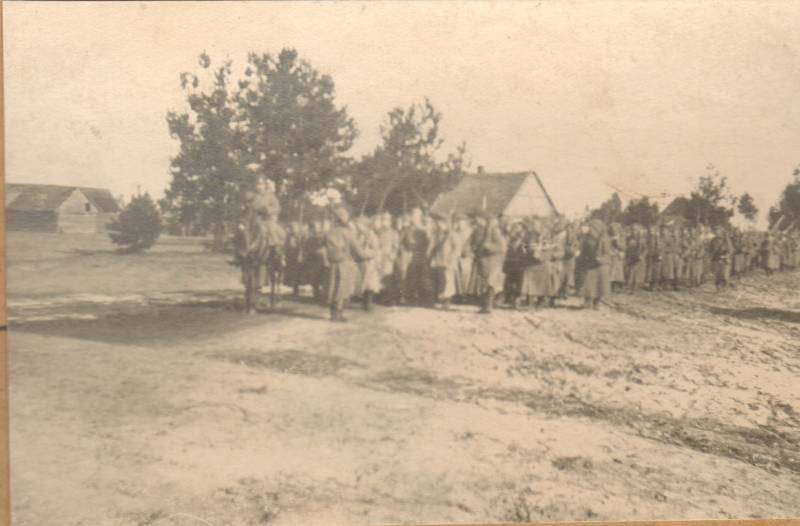
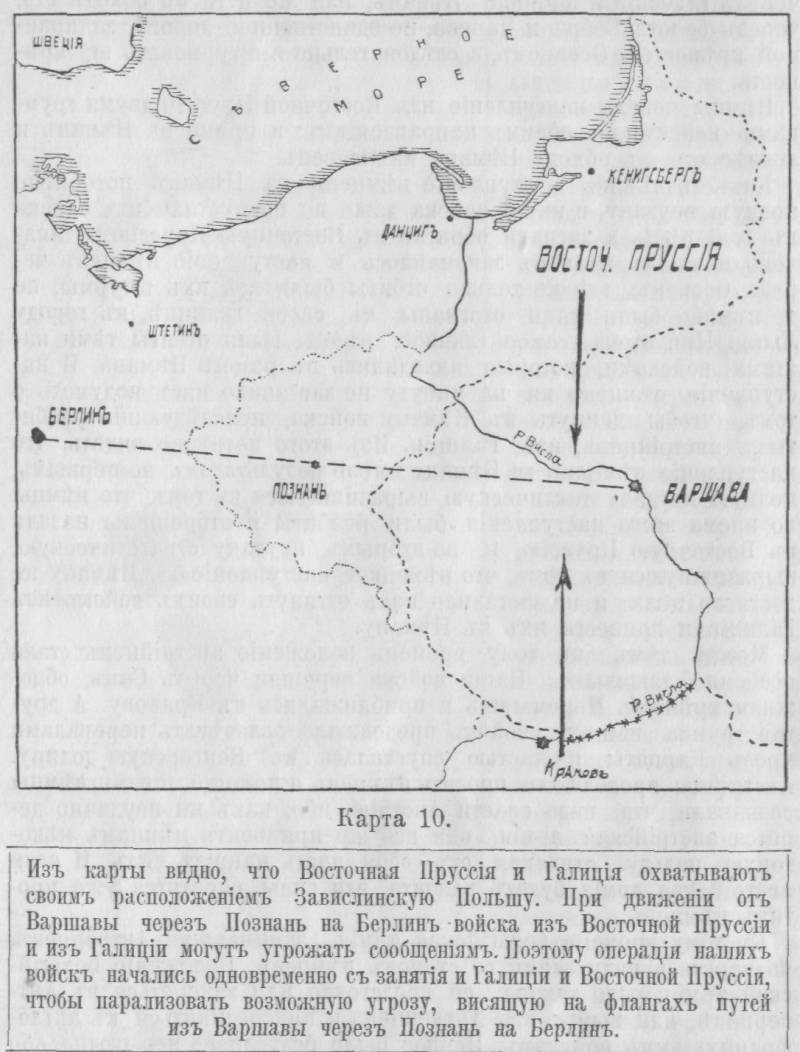
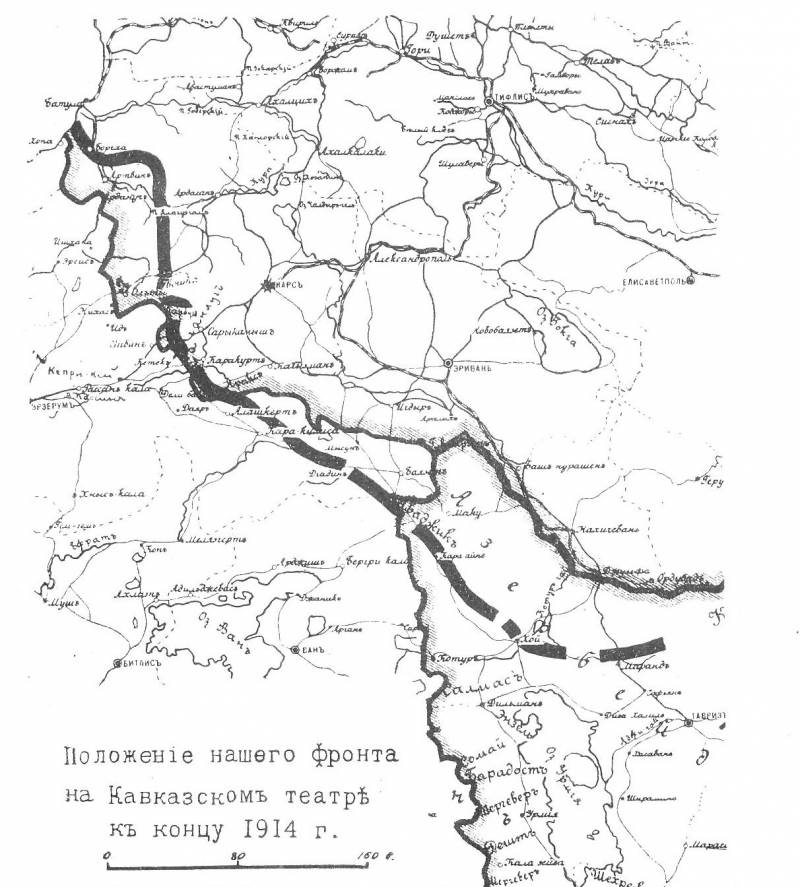
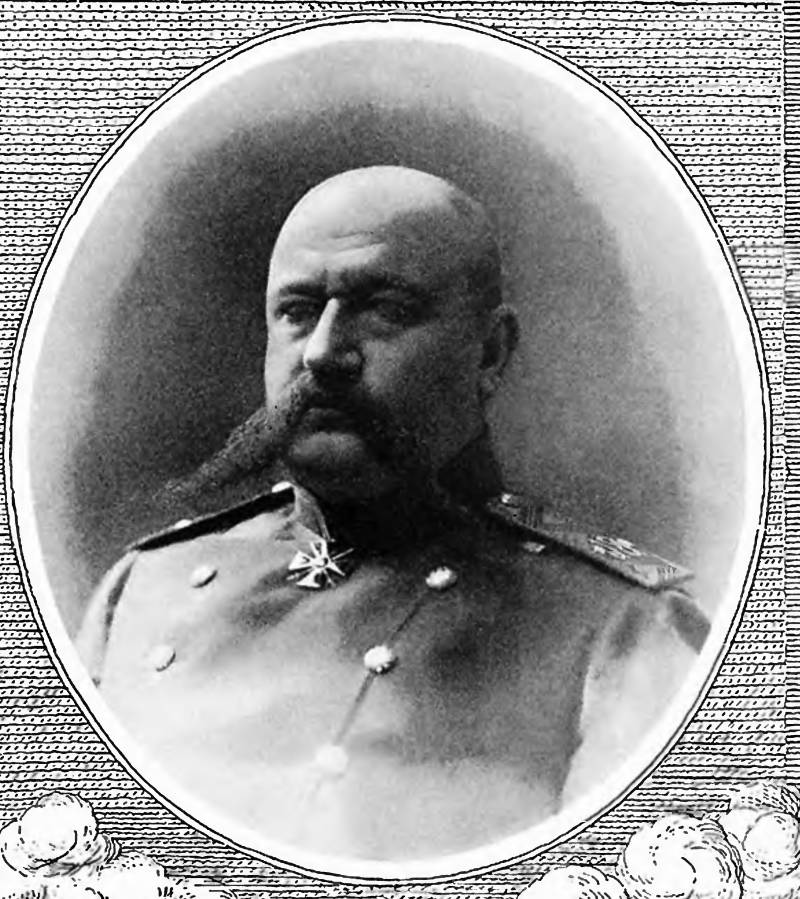
Information